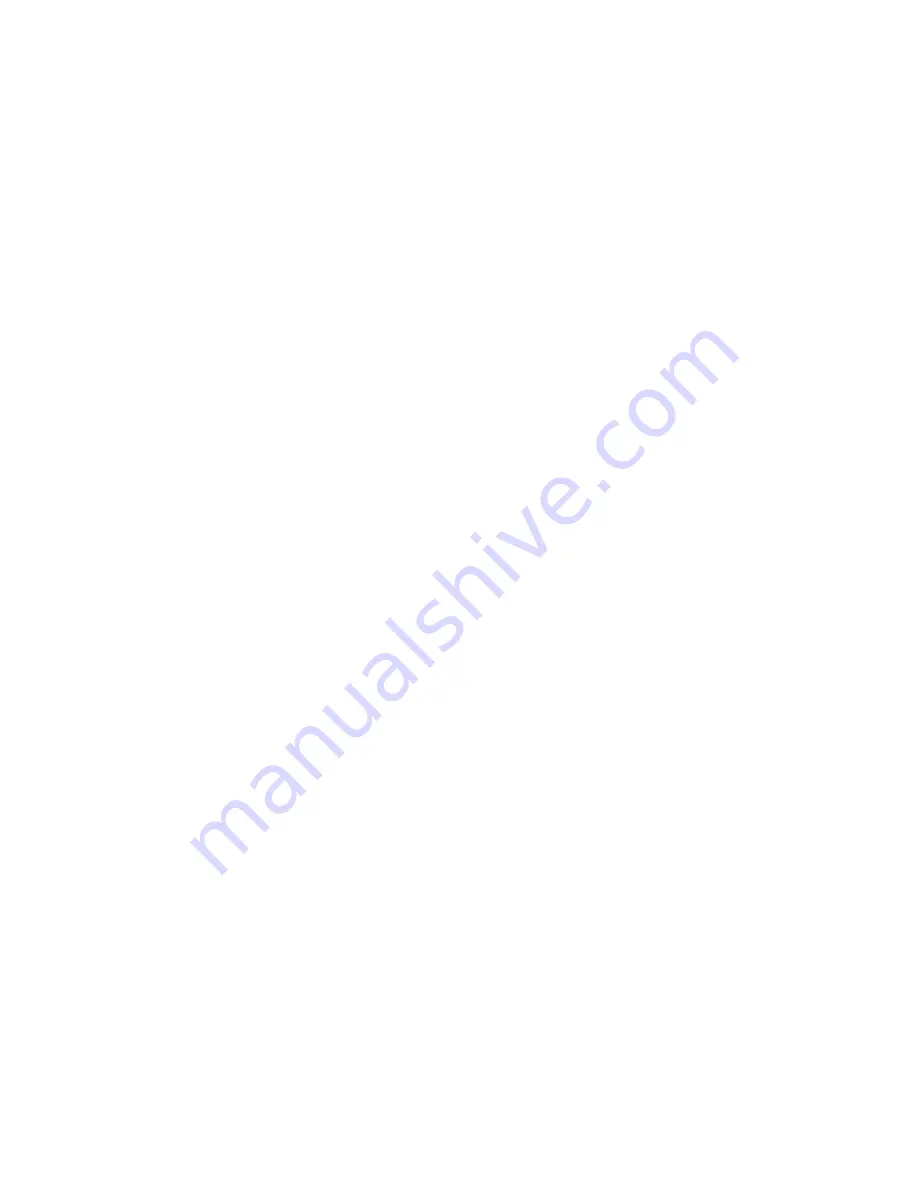
10
General Setup Directions
1.
Prepare your filter’s location. The High Pressure Polygeyser® must be
installed on a level surface to backwash properly. The unit is designed to
tolerate only about ½ inch of vertical displacement edge to edge across its
width in any direction. Failure to properly level the may cause the unit to
prematurely backwash (i.e. before the charge chamber is filled) or fail to
backwash as the air in the charge chamber bypasses up the center of the
cone.
If using an airlifted configuration, the screen should sit 12-15 inches below
the source tank water level. If this requires placement of the HPPG hull
partially below ground, buoyancy calculations should be undertaken. High
ground water conditions or simple flooding of the unit can generate
buoyancy force of several thousand pounds. Maximum buoyancy occurs
when an empty filter is flooded externally to the screen elevation. The
units can be held down by a concrete collar placed around the upper dome.
A fully buried unit, in the worst case, would require in excess of 2 cubic foot
of concrete per cubic foot of beads in the filter.
2.
Connect your inlet and outlet plumbing. See
pump or airlift configuration
for detailed plumbing directions for your choice of setup.
3.
Attach your backwashing air pump.
Whenever a water pump is employed,
the backwash air pump must be protected by a check valve that prevents
backflow into the air delivery system.
Without the check valve, the air
pump will be damaged the first time it is accidently turned off or
mechanically loses pressure.
In air lift applications, the backwash air pump may be protected by
elevation only. Placement of the air a few feet vertical above the tank
water level is sufficient to protect the pump.
4.
Decide how to deal with drained sludge. You can place a bucket under the
drain valve, or run a PVC line to wherever the sludge should drain. Sludge
















































